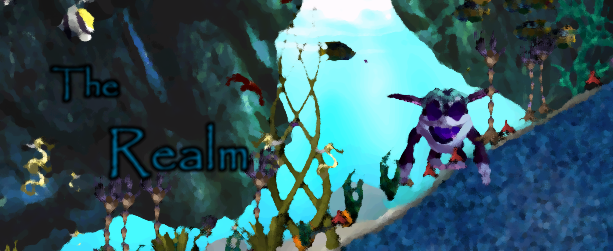When I first started playing around with the 2017 genome with the intent of turning it into my new base genome, I figured there wouldn't be much I had to do to turn it into something I'd be satisfied with. In my own words: "The 2017s feel about right to me. With any luck, figuring out their
digestive system shouldn't be too big of a hassle, and everything past
that point should be smooth sailing."
Ha. Ha ha. HAHAHAHAHAHAHAHAHAHA
A month after I initially made that post...I'm still not at a point where I'd consider myself satisfied with their biochemical balancing. As it turned out, my initial test version of RAS was a lot more prone to heart attacks then I'd like, something I only really found out when I figured I was happy with that version and started working on my ettin genome based on it.
And my frustrations with that got to the point where two weeks ago I decided to ditch working on the 2017 genome and base RAS on a CFE Gizmo genome instead. That didn't work either. Sure, the Gizmos had a lot of biochemical balancing done already...but they clearly didn't account for fixing the nonfunctional anabolic steroid emitter, because after I did that the result was norns with too little adipose tissue. And often too little muscle tissue on top of that. So I took a brief detour to experiment on a normal CFE genome instead. Once again: too much adipose tissue, AND too much muscle tissue too.
So ultimately I wound up back with the 2017s. Going off a hint from Verm that chemical reactions scale with the amount of the reactant chemicals involved in them, my new plan was to have activase (generated from a fixed version of the "muscle energy used" emitter in addition to the activity stimuli, removing the activase from the disappointment stim entirely) react with glucose/triglyceride to produce anabolic steroid as opposed to just getting consumed outright, in a way that didn't feel as "cheaty" as the way default 2017s just consume adipose tissue and glycogen outright.
...Once again, too little adipose tissue AND too little muscle tissue. Though at least this time heart attacks still feel possible, and it also feels like creatures are actually doing things, unlike the last time I tried biochemical balancing in 2017s. So it's an improvement...but is it enough of one? Or is it just a prelude to further frustration as I continue to bash my skull against a brick wall, all for something I'm not sure is even going to matter to the average player; I'm not even sure if the average player would even understand anything I just said.
The worst part about all this is that it's outright keeping me from working on the breeds I WANT to be working on. I'd much rather be working on, say, a new aquatic breed. Or maybe a RAS version of a breed that's otherwise TWB/TCB only. Or even just my base grendel genomes. But nope; I can't work on any of that while these stupid dumb boring -argh- ChiChi Norns have their biochemistry this out of whack.
So...it's clear that my current approach to working on this genome just isn't working. I'm getting extremely frustrated, and I'm going to burn out and drop the game for months if not years on end again if things keep going this way. So...what can I do instead?
Well, first things first, I definitely need a break from working on RAS. Maybe not necessarily from playing Creatures outright, though; I'm not sure I'd come back if that's my last experience prior to the break. So for a little while at least I'll just play the game normally and check out some cool breeds and other mods that I haven't really looked at before.
My other thought is that I'm trying to rush things. My original base genome was made over the course of years, as I made changes and added features from other breeds that I liked. I'm thinking maybe that's an approach worth taking again, if I can find a base genome that I feel comfortable working with that also won't need a ton of work to get back to the spot where my old one was.
I still feel the 2017s feel mostly right to me, biochemical weirdness aside. However, I've also considered going with the CFF genome instead. The reason, weirdly enough, is that the CFF go with the vanilla's way of handling hunger while still having the other fixes I'd want. At this point, I feel like trying to balance the amount of hunger from the original trace emitters and stimuli would be easier than the 2017s' way.
In any event...hopefully my next post about all this is a happier one. Until then, folks.


